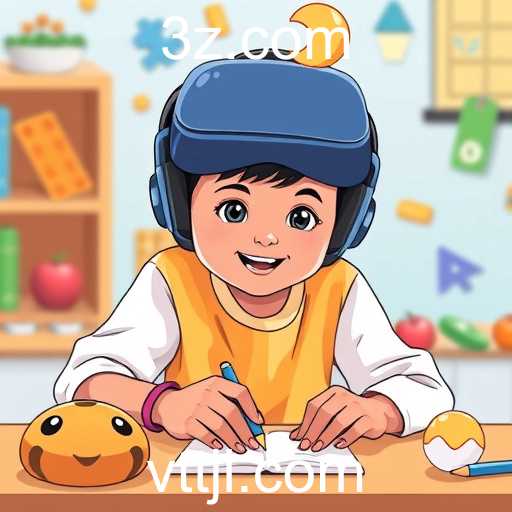In the ever-evolving digital landscape, the importance of educational games is becoming increasingly apparent. These interactive experiences offer a unique combination of fun and learning, providing children and adults alike with the opportunity to acquire new skills while enjoying themselves. The "Educational Games" category on various platforms has seen significant growth, driven by the need for engaging learning tools in both formal and informal educational settings.
One of the standout aspects of educational games is their ability to cater to various learning styles. Visual learners benefit from rich graphics and animations, while auditory learners can take advantage of verbal instructions and sound cues. Kinesthetic learners, on the other hand, can engage with game mechanics that involve movement, fostering an interactive learning experience. By addressing these different learning preferences, educational games can make learning more inclusive and accessible.
The keyword "ttjl" seems to be a tag or identifier within this category that might relate to a specific game or series of games focusing on targeted learning objectives. The integration of such keywords allows users to efficiently search for and identify games that meet their specific educational needs. This organizational approach streamlines the user's journey, making it easier to discover resources that are both relevant and effective.
Furthermore, educational games often incorporate elements of gamification, such as points systems, leaderboards, and achievements, to motivate users. This technique encourages players to engage with educational content more frequently and for extended periods, enhancing the depth and retention of learning. These games can cover a wide range of subjects, from math and science to languages and arts, providing comprehensive coverage of the educational spectrum.
In addition, educational games can be a powerful tool in bridging the educational gap in under-resourced areas. By making learning accessible through affordable digital devices, children in these areas can gain access to quality educational tools that can supplement traditional schooling methods.
As technology continues to advance, the potential for educational games to transform learning experiences grows. Developers are continually innovating, utilizing technologies like augmented reality (AR) and virtual reality (VR) to create breathtakingly realistic and immersive learning environments. These environments provide learners with the chance to explore and interact with educational content in groundbreaking new ways.
Ultimately, educational games represent an intersection between entertainment and education that holds vast potential. By continually evolving and employing new technologies, they can provide ever-more effective educational experiences that cater to a diverse range of learning needs and preferences. As such, they remain a vital component of modern education strategies and are likely to become even more central to learning in the years to come.








